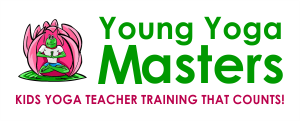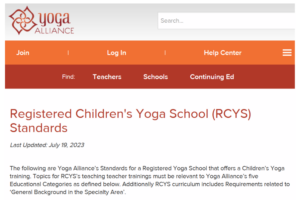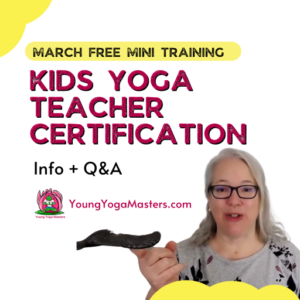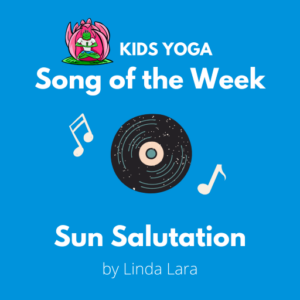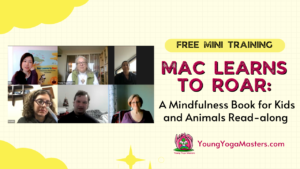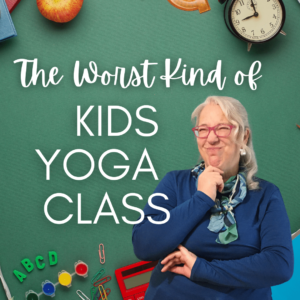Every month I offer a free kid's yoga teacher training. They're a fun workshop with insights in to … [Read more...] about How the Free Kids Yoga Teacher Training Works
kids yoga teacher training
How to Become a Certified Yoga Teacher for Kids
Are you thinking of getting certification to teach yoga to kids? The Yoga Alliance has changed how … [Read more...] about How to Become a Certified Yoga Teacher for Kids
What Does It Take To Be a Kids Yoga Teacher?
What you need to be a Kids Yoga Teacher is kind of confusing because there are a lot of different … [Read more...] about What Does It Take To Be a Kids Yoga Teacher?
Sun Salutation Song for your Kids Yoga Class
Sun Salutations are great for kids in children's yoga but today's song is more suited for tweens and … [Read more...] about Sun Salutation Song for your Kids Yoga Class
Insights on Mindfulness in the Classrooms from a School Teacher
Are you wondering how you could introduce mindfulness to children and integrate it into your home or … [Read more...] about Insights on Mindfulness in the Classrooms from a School Teacher
The Worst Kind of Kids Yoga Class
Last week I got an email from a new program coordinator looking for a kids yoga teacher for their … [Read more...] about The Worst Kind of Kids Yoga Class
